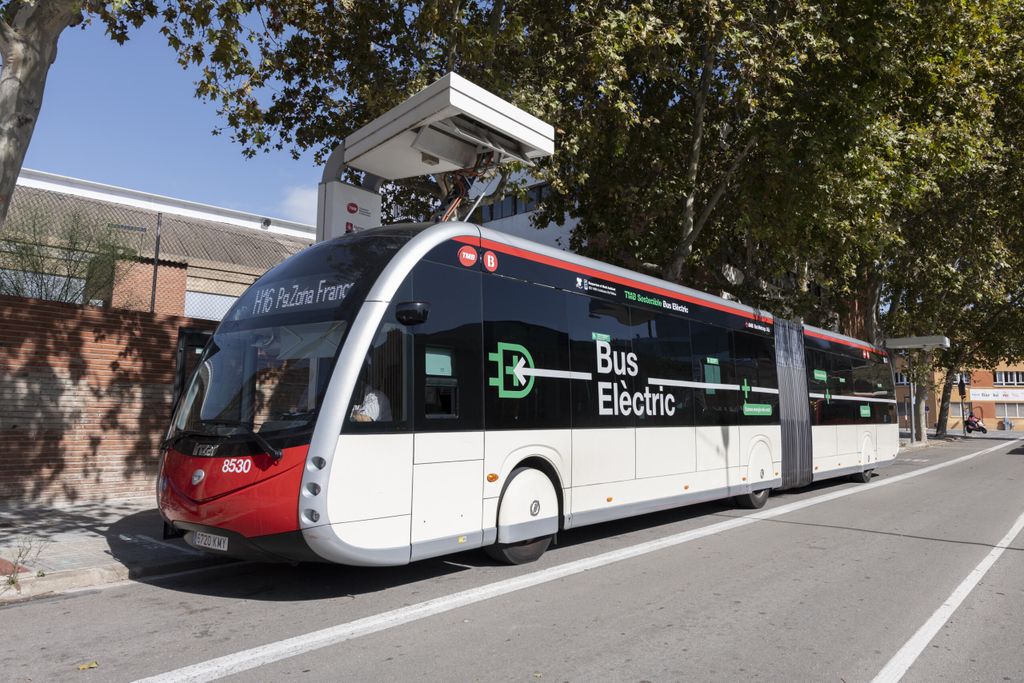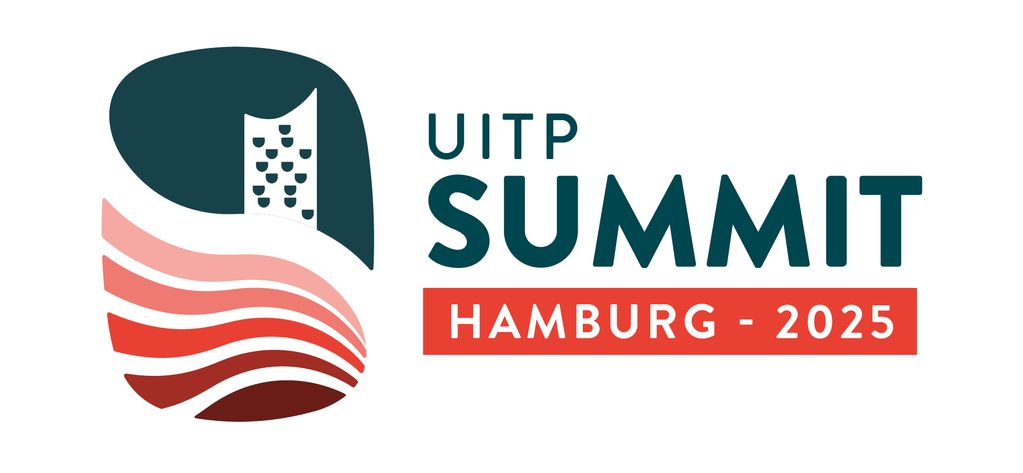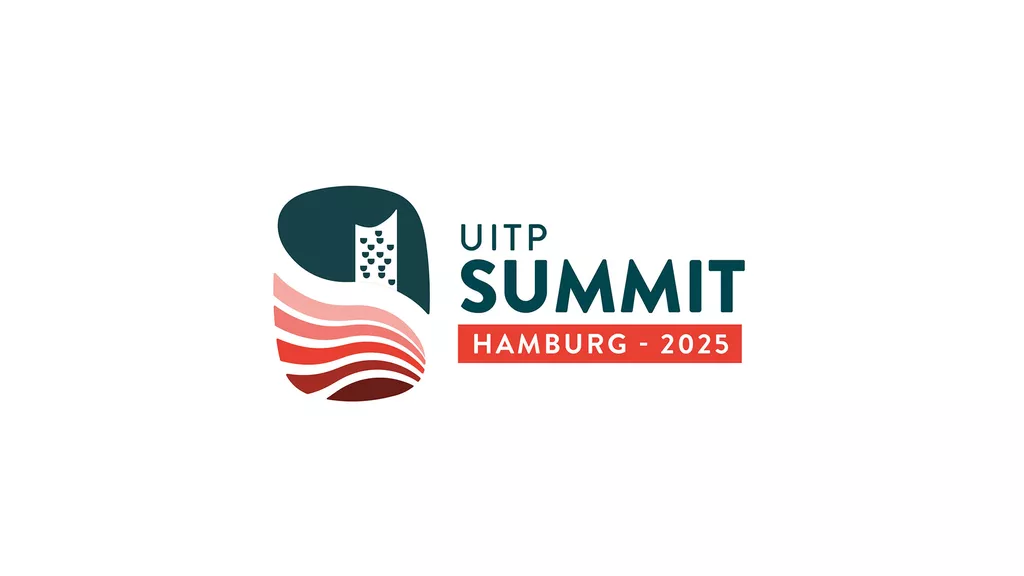

Blog: Series of Mini-Blogs from the Artificial Intelligence Society of Hong Kong (2)
Series Introduction
Artificial Intelligence (AI) is everywhere these days or at least everyone seems to be talking about it. Not a day goes by without the news of yet another breakthrough, yet another application where AI seems to outperform us humans.
It should come as no surprise then that people across industries wonder how much of an impact AI is going to have on their respective field and public transport seems to be no exception here.
While no one can tell for certain what will happen to AI research and application in the coming 5, 10 or 20 years, there certainly is a lot to be learnt from current developments.
When it comes to those developments there are a lot of interesting things to be said about how the face of public transport could and already is changing with the help of AI.
This series is meant to give a brief introduction to how, where and especially why AI can have an impact on public transport.
This term sounds complicated. While it certainly is a challenging task, the basic idea here is simple: How can I use the capabilities of an AI system to predict how to best make use of my available resources?
Applications could include deciding where to deploy security patrols, how many applicants to hire and which train/bus frequency to offer, taking into account what day of the week it is, what time of the day it is and whether special events are happening around the city.
The ‘Predictive’ Part of Resource Allocation Prediction
The key term here is ‘prediction’. We want to predict how to best make use of our resources in future scenarios. The way to do that in modelling is to look at past data and try to detect patterns that will hopefully enable us to better understand future events.
In resource allocation prediction -just like in so many other AI challenges- the key lies in the combination of good data with smart modelling:
Data: What data do I need in order to answer my question and how do I get access to it? Is it even possible to obtain the kind of data that I need and is ‘raw’ data enough or do I need to combine and transform it to succeed? Most often the latter is the case.
In public transport demand prediction for example, it is likely very important to know when major sporting events take place or whether a big demonstration is going to happen downtown this coming weekend. Obviously, the time of day, the day of the week and the month of the year are very important factors as might be the weather.
Modelling: Even the best data does not help much if I do not know how to extract learnings from it.
(Predictive) modelling requires the combination of data analysis/modelling skills and subject matter expertise (SME). It often happens that subject matter experts quickly see things in data that they are very familiar with. Acquiring the same insights from the same data might take non-SMEs significantly longer.
This is not just the case in predictive modeling but all kinds of applications of AI.
What Types of Predictive Modelling are being Used Today?
Predictive modelling has become a cornerstone of AI applications and is already widely used in many industries. There is software that helps police departments predict where crime is likely to occur and electricity providers use it to assess where demand is headed.
Demand prediction could be just as valuable to public transport companies: Predicting when and where demand will increase or decrease can help improve efficiency, customer satisfaction and security.
In terms of security, which public transport provider would not like to be able to accurately predict when and where along their infrastructure security incidents might arise? Where do I send my security staff at any given time? This is not only relevant to customer security but can also help reduce costs if employees are deployed in smart and efficient ways.
So Many Applications
There are quite literally thousands of potential applications of resource allocation prediction in public transport. The key often is co-operation between data experts and SMEs. It is the latter that know better than anyone else where challenges lie and the former should be able to answer if predictive modelling can help solve them.
exclusive resources












